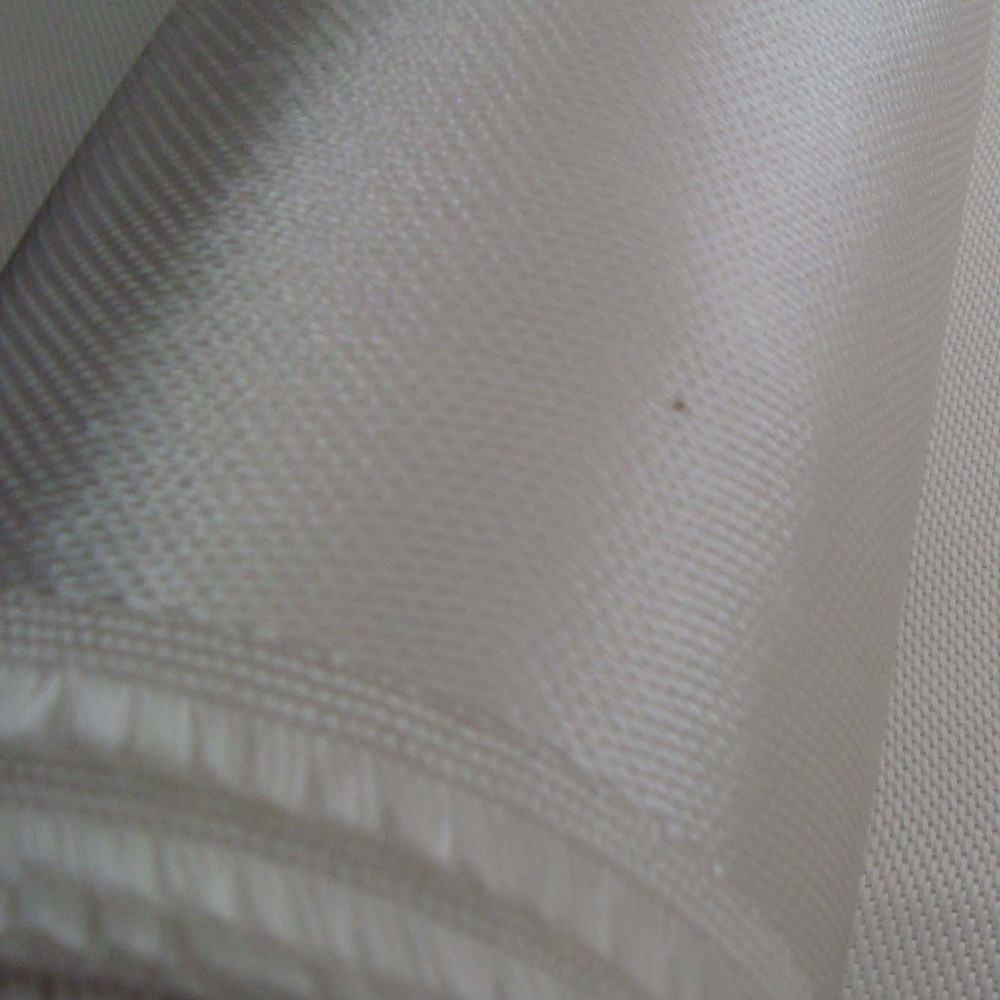Zváracie prikrývky z kremičitej tkaniny sa často považujú za lepšie ako iné materiály z niekoľkých dôvodov:
Odolnosť voči vysokej teplote: Silikátové tkaniny dokážu odolať extrémne vysokým teplotám, často až 1800 °F (982 °C) alebo viac. Vďaka tomu sú vhodné pre aplikácie zahŕňajúce intenzívne teplo a roztavený kov, kde by iné materiály mohli zlyhať alebo degradovať.
Tepelná izolácia: Silikátové prikrývky poskytujú vynikajúcu tepelnú izoláciu. Pomáhajú chrániť okolité oblasti pred teplom a môžu zabrániť prenosu tepla, čo je kľúčové pre zachovanie bezpečnosti a zachovanie integrity materiálov v okolí.
Chemická odolnosť: Oxid kremičitý je vysoko odolný voči chemikáliám vrátane kyselín a zásad. Vďaka tejto vlastnosti sú prikrývky z oxidu kremičitého odolné a spoľahlivé v rôznych priemyselných prostrediach, kde je problémom vystavenie korozívnym látkam.
Trvanlivosť: Silica tkanina je známa svojou pevnosťou a odolnosťou. Je menej pravdepodobné, že sa roztrhne alebo opotrebuje v porovnaní s inými materiálmi, čo znamená, že môže poskytnúť dlhotrvajúcu ochranu a znížiť frekvenciu výmen.
Nehorľavosť: Silikátová tkanina je vo svojej podstate nehorľavá, čo z nej robí bezpečnejšiu voľbu pre zváranie a iné vysokoteplotné aplikácie. Nezapáli sa ani neprispeje k šíreniu plameňov.
Nízke emisie dymu: Pri vystavení vysokým teplotám majú silikátové tkaniny tendenciu produkovať menej dymu v porovnaní s niektorými inými materiálmi. To je výhodné v prostrediach, kde by dym mohol byť problémom pre viditeľnosť alebo kvalitu vzduchu.
Jednoduchá údržba: Silikónové prikrývky sa relatívne ľahko čistia a udržiavajú. Často sa dajú zotrieť alebo opláchnuť hadicou a nedegradujú sa tak rýchlo ako niektoré iné materiály.
Zatiaľ čo zváracie deky z kremičitej tkaninymajú tieto výhody, výber materiálu zváracej prikrývky môže závisieť od konkrétnych potrieb a podmienok. Napríklad v prostrediach s nižšími teplotami alebo tam, kde je vystavenie chemikáliám minimálne, môžu byť vhodné aj iné materiály ako sklolaminát alebo keramika, ktoré sú potenciálne nákladovo efektívnejšie.
